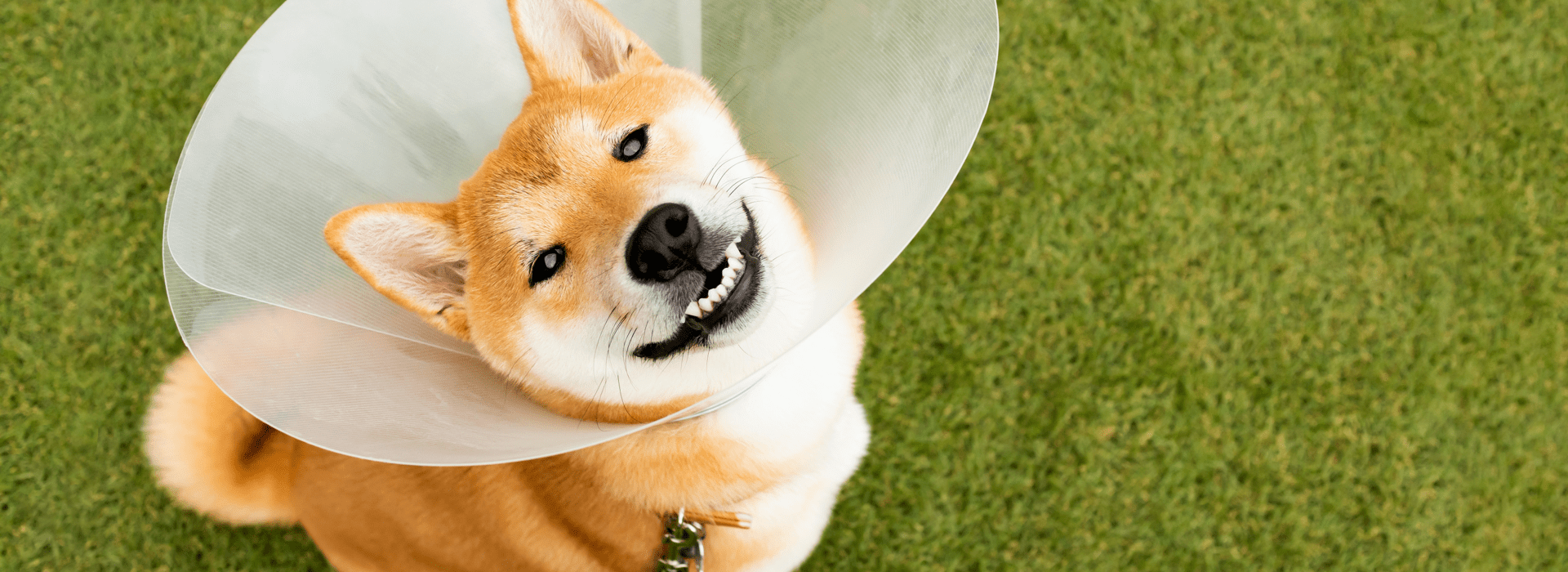Spaying or neutering your pet not only stops their ability to reproduce but also curbs some behaviours that are heightened when they are in heat. Our veterinary team has years of experience performing these procedures, which means your pet will receive the best care on the operating table as well as post-surgery.
How does the procedure stop my pet from reproducing?
Your pet’s reproductive organs are removed, which changes its ability to reproduce. For female pets, an incision is made near the abdomen to remove their ovaries and uterus. For male pets, their testicles are removed from an incision near the scrotum. After the procedure, you will also notice changes in behaviour that usually coincide with your pet’s heat cycle. For example, male pets’ instinct to hump will decrease as well as female pets’ clinginess.
What are the benefits of the procedure?
Besides changing your pet’s ability to reproduce, there are other benefits associated with the procedure including:
- Longer lifespan
- Less furry friends in shelters
- Reduced health risks for mammary and testicular cancer
- Reduced aggression, roaming, spraying, etc.
When should my pet get spayed or neutered?
For cats, they should have the procedure by the time they’re 5-months-old since they can get pregnant after that. Dogs should be spayed or neutered after they turn 6-months-old. For specific guidance on the best time to schedule the procedure for your pet, please contact us at 604-464-6666.




